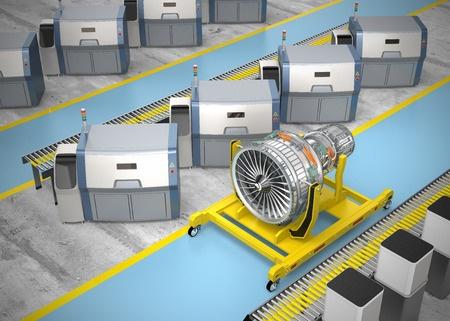Overcoming the Biggest Federal IT Procurement Hurdles

The challenge of easily procuring new technology is the Old Faithful of federal IT. Regardless of the year, it’s an issue that keeps coming up. In fact, judging by a recent survey of federal IT pros at SolarWinds, procurement challenges are erupting more than ever before.
While 92 percent of survey respondents acknowledged the importance of adopting significant new technologies, many countered with the belief that their organizations presented significant adoption barriers. Specifically, they cited budget limitations, IT personnel shortages, and the inability to convince decision makers of the benefit of new technologies as key inhibitors.
How can overcome these challenges be overcome? Let’s take a look.
Budget. Ah, another Old Faithful – the ever-popular budget concern keeps popping up. This was reaffirmed by the fact that nearly 80 percent of survey respondents listed budget limitations as the biggest hurdle to procurement, by far the number one response. Clearly, federal IT professionals are continuing to feel the financial pinch from shrinking budgets.
But budgets aren’t the only thing that has shrunk. Software has gotten smaller, faster, more lightweight and affordable. It’s become easier to install, and most of today’s solutions mimic the ease of use of an iPhone, with intuitive features that simplify your life as a federal IT pro. Subscription and licensing programs also help decrease the total cost of ownership of technology, from the initial capital outlay to how much it costs to maintain a piece of software.
Looking at it this way, budget constraints can be seen as an opportunity, rather than a deterrent. It’s a chance for federal IT pros to get away from the big, monolithic software programs that the government had once upon a time become so dependent on, and propose a move toward more affordable and easier to use – yet still powerful – solutions.
Management. You still need management on your side, though – and, unfortunately, more than one quarter of survey respondents said their CIO was either a barrier to new technology procurement or simply uninvolved. This is especially true if your CIO is someone who comes from a background of legacy systems, having installed that Parallel Enterprise Server back in the day
However, now you have some things in your favor. First, there’s the aforementioned cost argument. There’s also the fact that the government agencies are making a strong push toward technology simplification and consolidation through programs like the Joint Information Environment, Joint Regional Security Stacks and datacenter consolidation initiatives. These are programs that are being built on network modernization initiatives that require the deployment of new solutions.
Incidentally, 53 percent of survey respondents noted the need to support legacy technology as a barrier to procurement. But legacy systems do not lend themselves to simplification, ease of use, or cost savings. You now have a strong argument, led by government initiatives, in favor of new technologies – one that I know even the most seasoned CIO would have a difficult time not endorsing.
Personnel. Survey respondents also felt that personnel shortages created roadblocks to new technology procurement. Federal IT pros indicated that their departments are short-staffed due to cutbacks and reduced budgets. There simply aren’t enough people to learn new tools at an acceptable rate.
However, software is becoming increasingly intuitive, simply due to the nature of the world we live in. We expect an easy button, and software providers are giving it to us through tools that enable networks to be automated and configured with the touch of an icon. They’re providing simple fixes to problems that used to take weeks and hundreds of personnel hours to address. For example, DISA STIG compliance used to be a manual, one-by-one process to evaluated security but now there are applications the continuously monitor enterprise wide compliance and offer automated remediation. As these types of solutions become more prevalent, there’ll be less need for increased personnel and training, eliminating an additional procurement stumbling block.
Technology has changed since the client/server days; it’s become much easier, helping to create more agile IT infrastructures. This agility must translate to the procurement process. It’s a process that should be just as reliable as Old Faithful itself, and give you the ability to regularly deploy new technologies when and where they are needed.















































